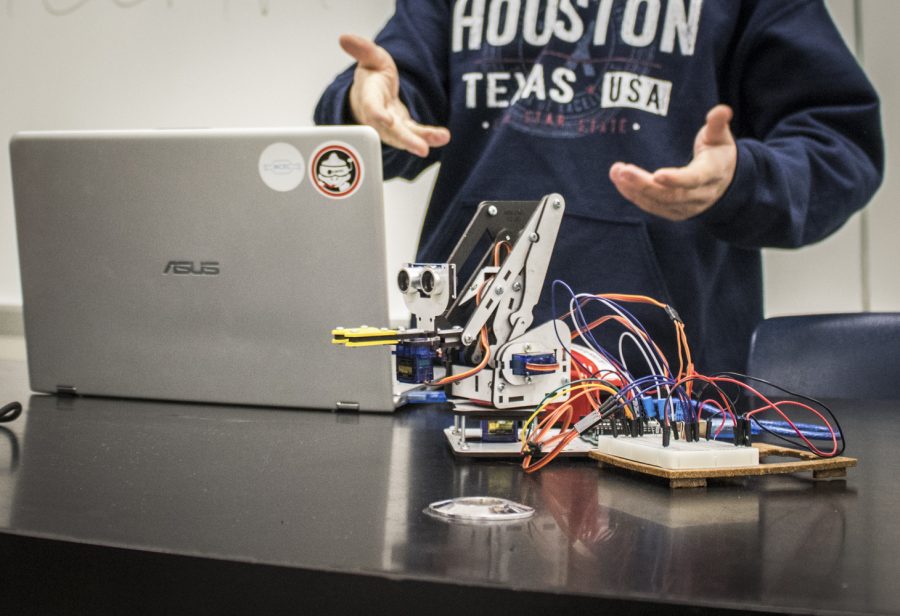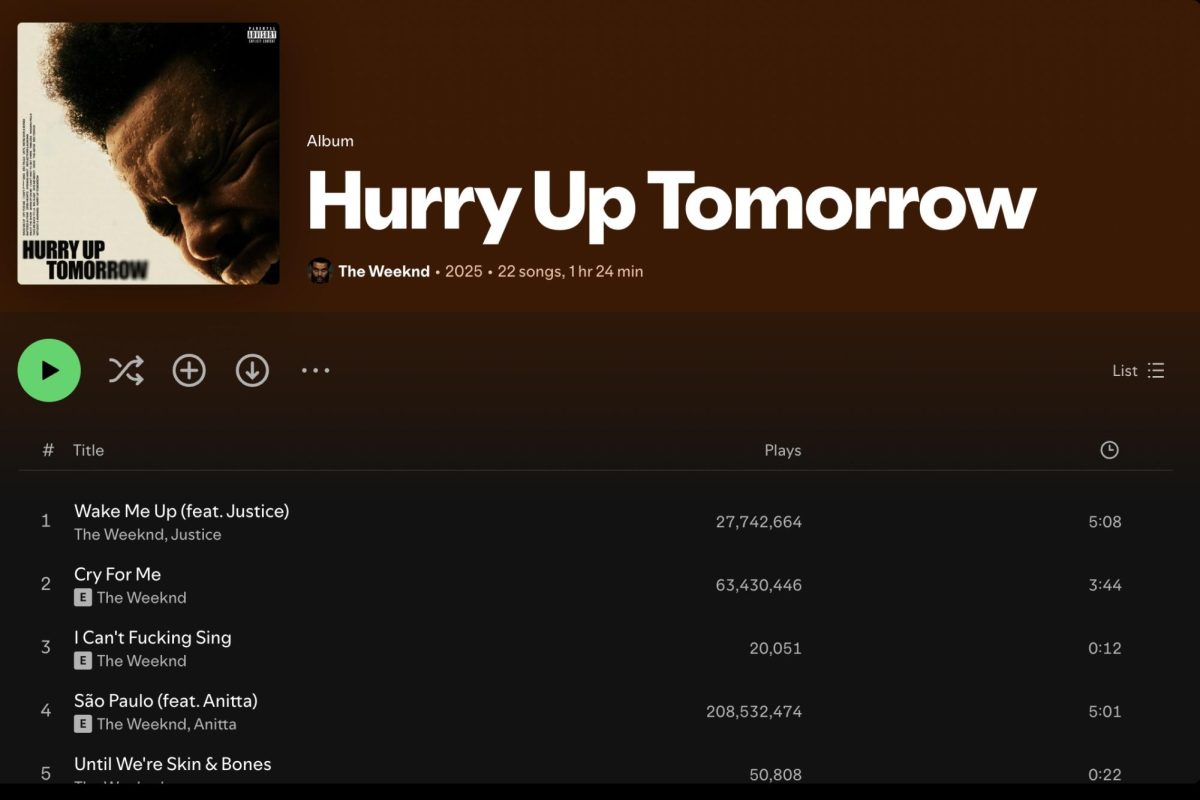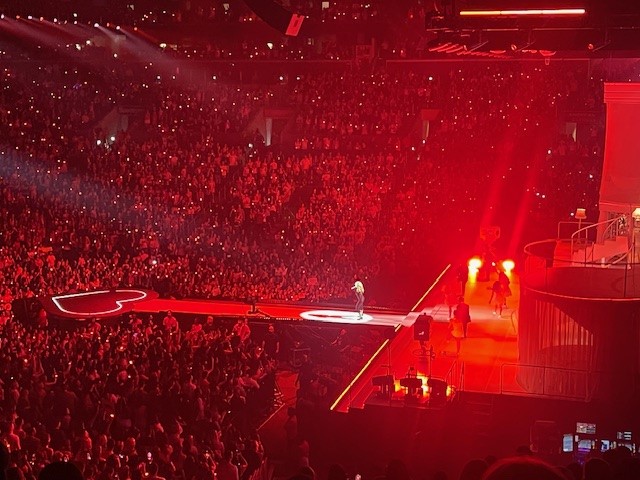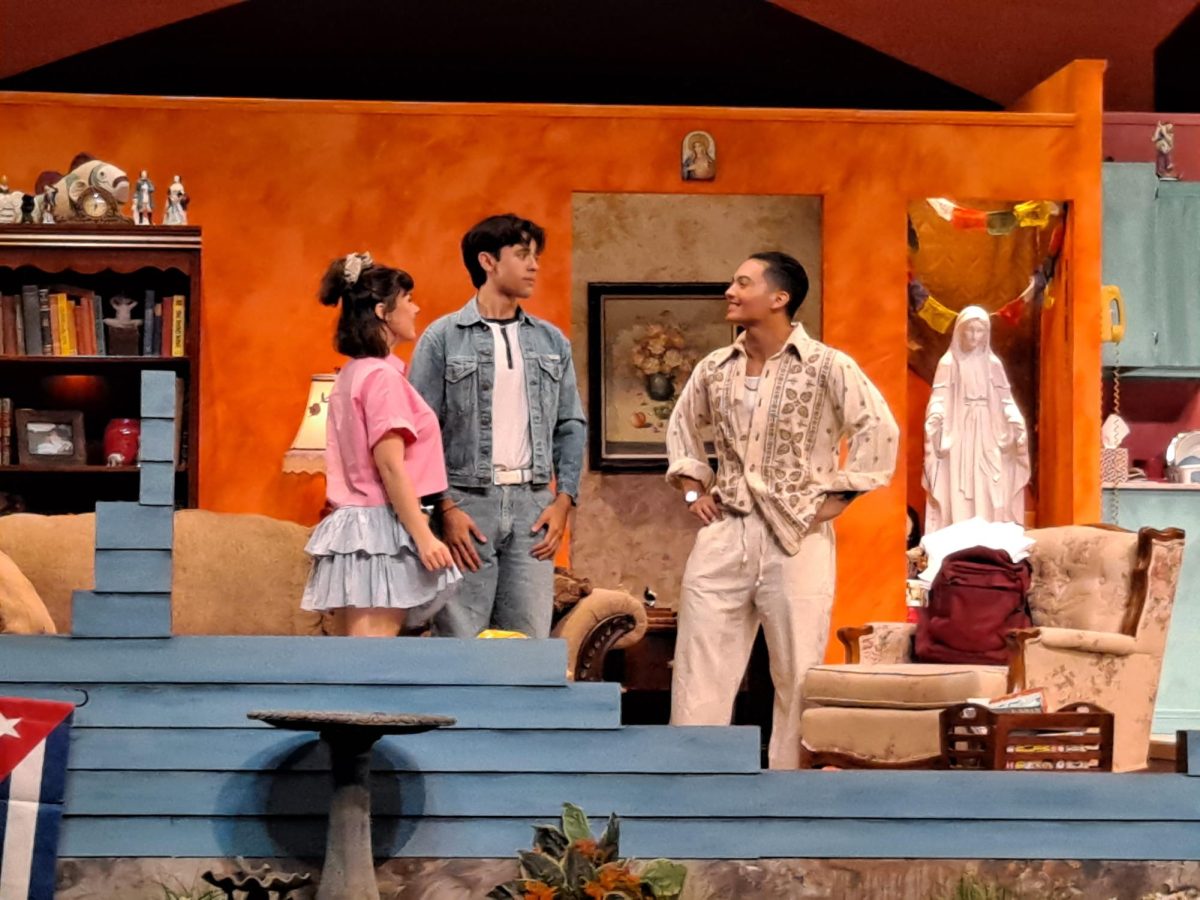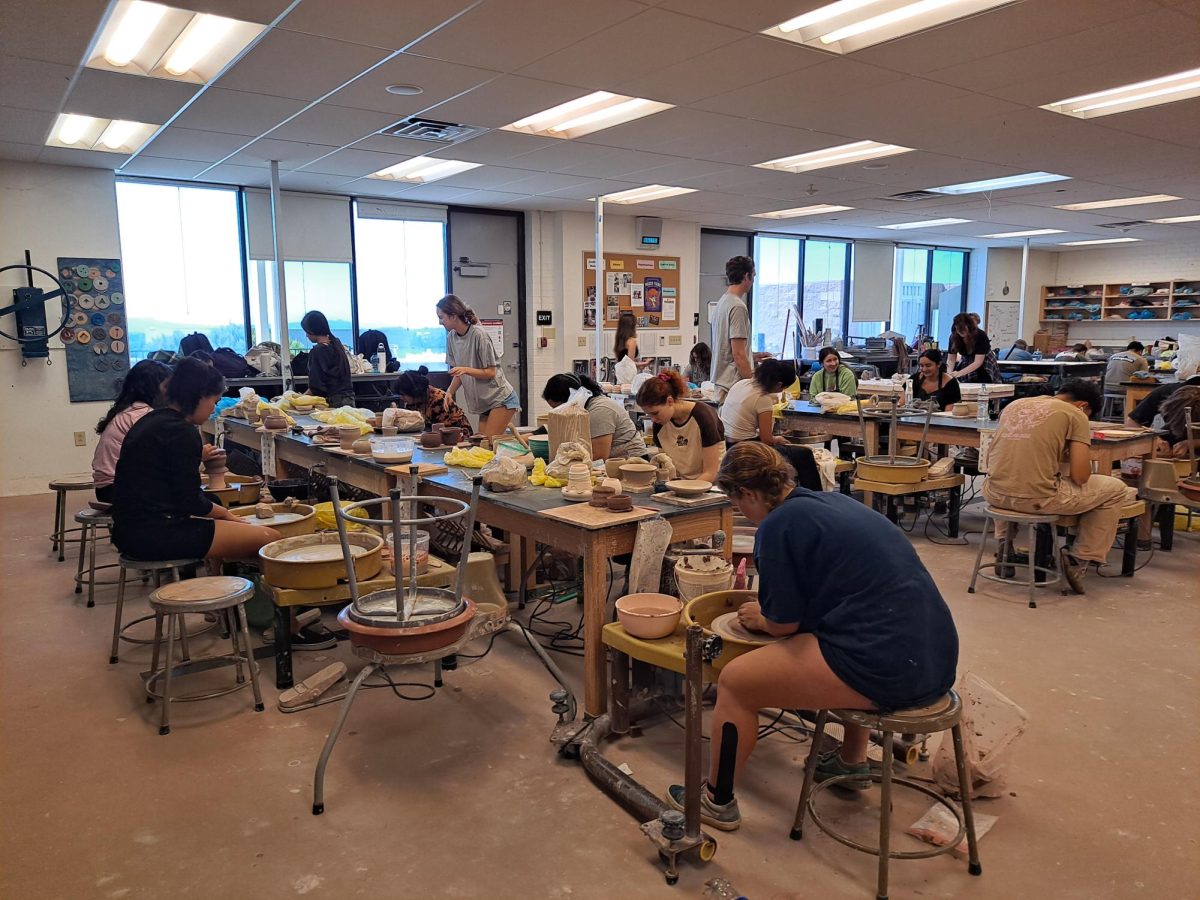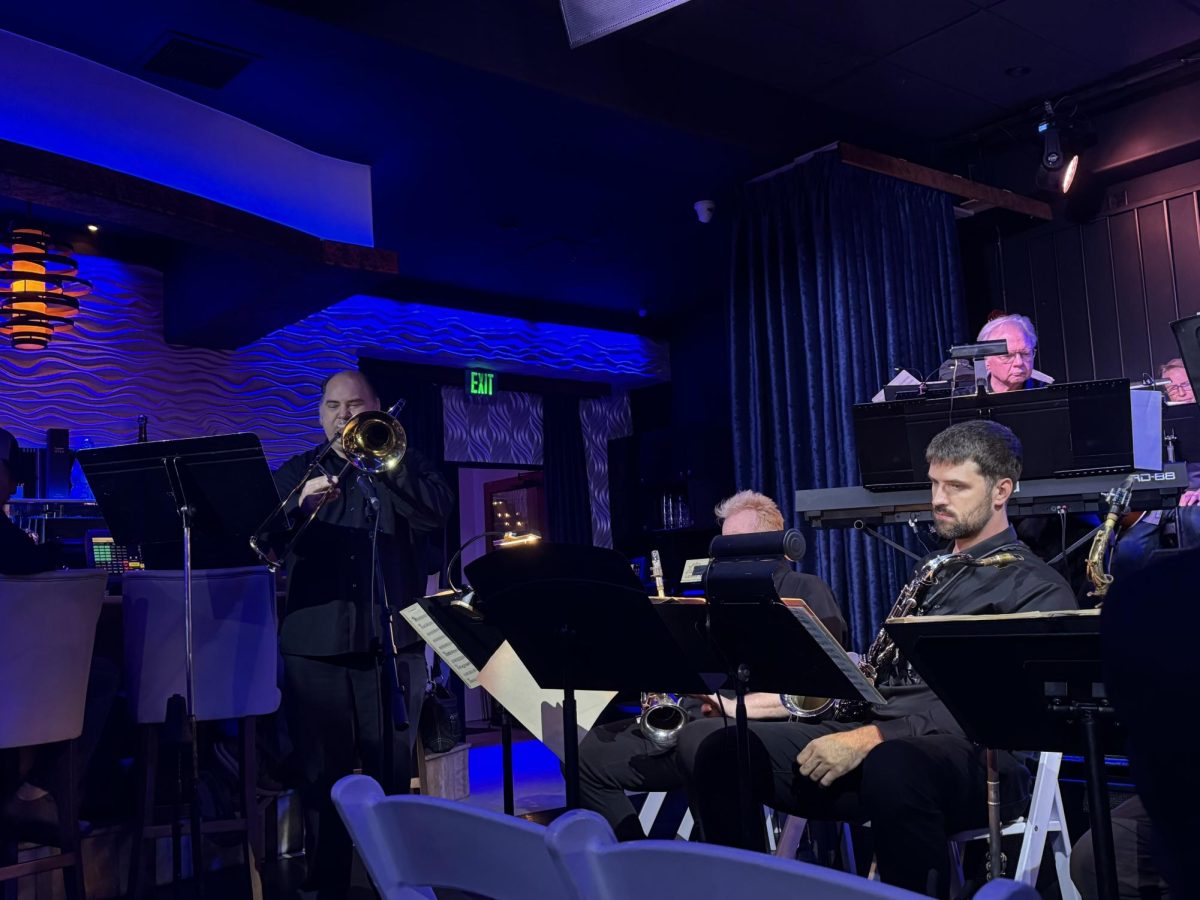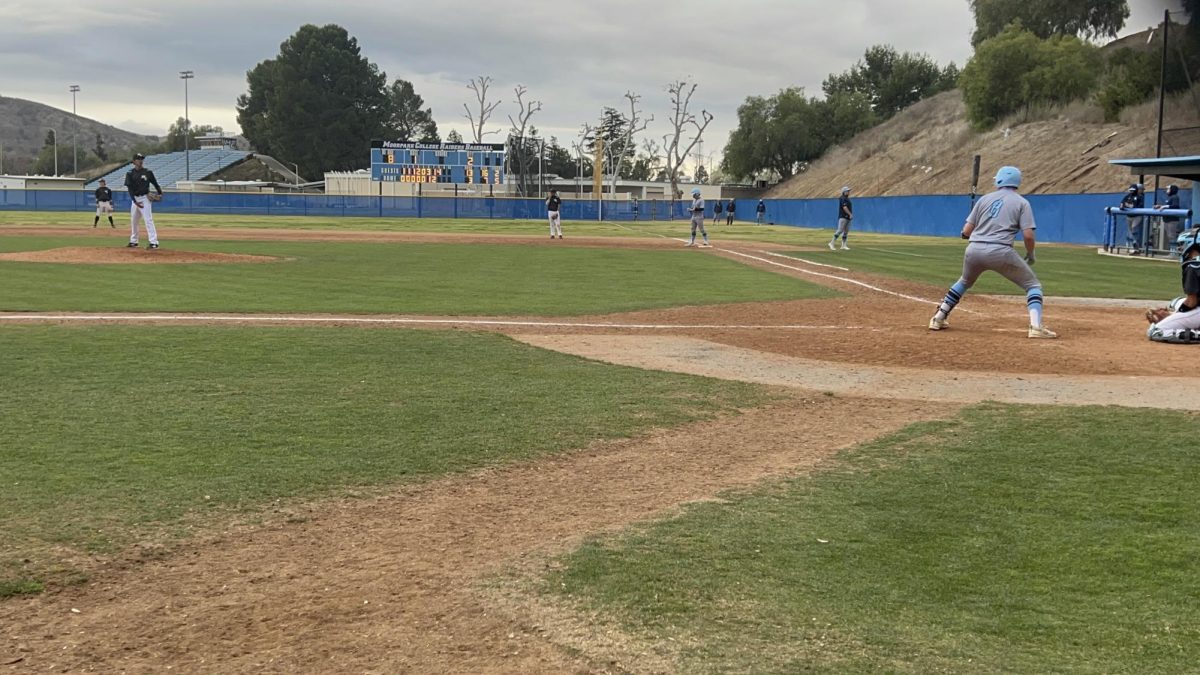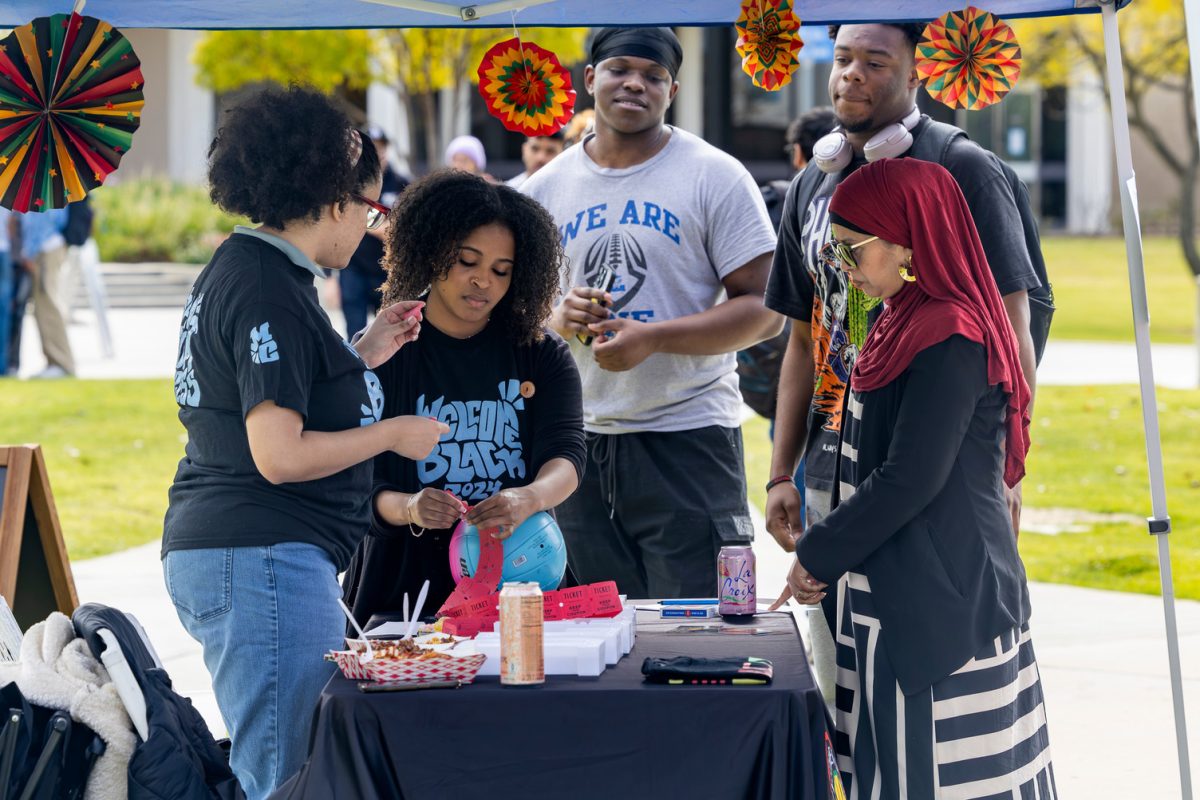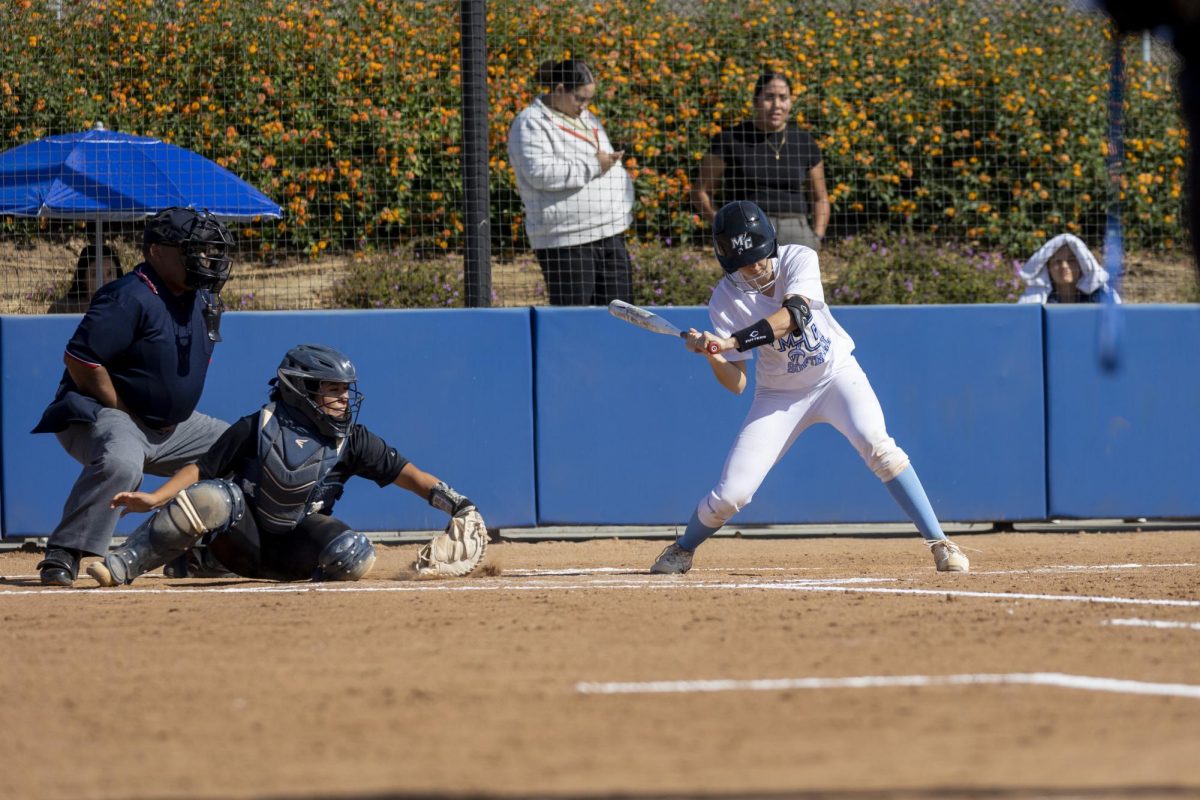Moorpark College’s Instructional Technology (IT) department supports free campus programs that offer experiences for students in digital fields. These programs are offered in several technical fields including the engineering club, the graphic design department, and the game design discipline.
Dan McMichael, the IT department technical director, leads his team of five technicians to maintain Moorpark College’s systems, ensuring they are safe and secure to help students succeed in their majors.
“A lot of universities charge technology fees to students. We don’t charge those types of fees,” said McMichael. “We do what we can, with the resources we have … and everything that we purchase is from general funds and grants.”
The IT department sensure that students have all the resources they need to succeed. This includes creating a system of online technical help for campus facilities and equipment for students and providing resources for students with discounted software and technology.
The IT department installs and manages several computer work areas on campus for engineering students. For the engineering club, the technology department installed Arduino software on portable laptops in the fall of 2018. Arduino is a programming language that engineers use to create interactive electronic objects.
Engineering club’s President, Nareg Haladjian, plans on using Arduino to help control a robotic arm they are currently building.
“Arduino is a combination of computer programming language and the hardware with it,” said Haladjian. “They [Arduino] builds in their own functions and make it simpler to use; you [the user] does not need any previous knowledge.”
Haladjian explained that the program is free but the hardware, such as breadboards, costs money. A breadboard is a small rectangular piece of plastic used for prototyping electronics that a user can insert electronic components into, such as a switch, resistor, battery, or an LED.
“We started with the basic turn-on-the-LED [the first] week, and [after] had a meeting a week,” said Haladjian. “We ran through the basics of what the Arduino environment looks like, and how the [bread]board would communicate with your laptop.”

Haladjian said that most of the attendees never used Arduino before and have greatly expanded their experience using the campus equipment.
If you are interested in participating and learning how to use Arduino, contact Club President Nareg Haladjian at [email protected].
The IT Department guarantees that facilities on campus, such as the communications building’s “Mac Labs”, run smoothly. The Mac Labs have Mac and PC desktops available for all students.
“In the communications building, [these] are primarily Mac Labs for photography [and] music because the applications are … what students are going to see when they go out into the workforce,” said McMichael.
Ivy Lovett, a graphic design major and student specialist, provides help to students during the week in the Mac Lab.
“I assist students with the Adobe Suite programs such as Illustrator and Photoshop,” said Lovett. “Everybody is welcome, whether you’re enrolled in design classes or working on personal projects.”
The rooms available in the communications building include COM-150 and COM 109. They are open all week with varying hours.
COM-150 hours:
- Monday/Wednesday 4 p.m. to 6 p.m.
- Tuesday/Thursday 9 a.m. to 12:30 p.m. and 3:30 p.m. to 6 p.m.
- Friday 1 p.m. to 5 p.m.
COM-109 hours:
- Monday/Wednesday 9 a.m. to 10:15 a.m. and 1 p.m. to 6 p.m.
- Tuesday/Thursday 9 a.m. to 10:15 a.m. and 3:30 p.m. to 6 p.m.
- Friday 9 a.m. to 12 p.m. and 1 p.m. to 5 p.m.
In the technology building, a computer room offers game design applications for students to learn to design games. Professor Johnathan Bair, who teaches game design courses, encourages students to learn the programs and software available.
“When [students] start going digital, [they] use Photoshop, Cinema 4D, which is a 3D application…and [students] use two different game engines, one is Unity 3D and the other is Unreal Engine,” said Bair. “Those engines let you import artwork and set up environments, scenes, characters, and import animation; you can write code and set up systems in those engines to get things to function and play like a game.”
The game design room, T-215, is available for open lab hours on Wednesday from 3:30 p.m. to 10 p.m.
“I wanted to open up the space where [students] continue working as a team without it necessarily being a classroom environment,” said Bair. “[Anyone] can come into the lab and ask students questions, and I also encourage any of those students to come into any of my classes and watch and see what it’s like and ask questions there too.”
Even though there is no teaching assistant available during the open lab hours, Bair says that game design students are willing to teach others.
“On Wednesday nights, there [are students] all over who are willing to help,” said Bair. “A lot of students like to help because when they teach others, it reinforces their own knowledge and makes them better at that process.”
In addition to providing these technical services, the IT department, through their campus website, connects students to online marketplaces that offer product discounts, such as CollegeBuys and Microsoft.
CollegeBuys offers various programs that are affordably priced for students, such as Adobe Creative Cloud software, SolidWorks, and Avid Pro.
“CollegeBuys is a way for students, faculty, and staff to purchase software at a discount; all you have to do is enter your school information and email address,” said McMichael.
Microsoft supplies free Office programs on their website for students. The program, Office 365 Education, offers Word, Excel, PowerPoint, and more.
The IT department assists students on and off campus to ensure their education is successful.
“Part of our job is to make sure the students have the proper education training here that they are going to use in the real world,” said McMichael.

